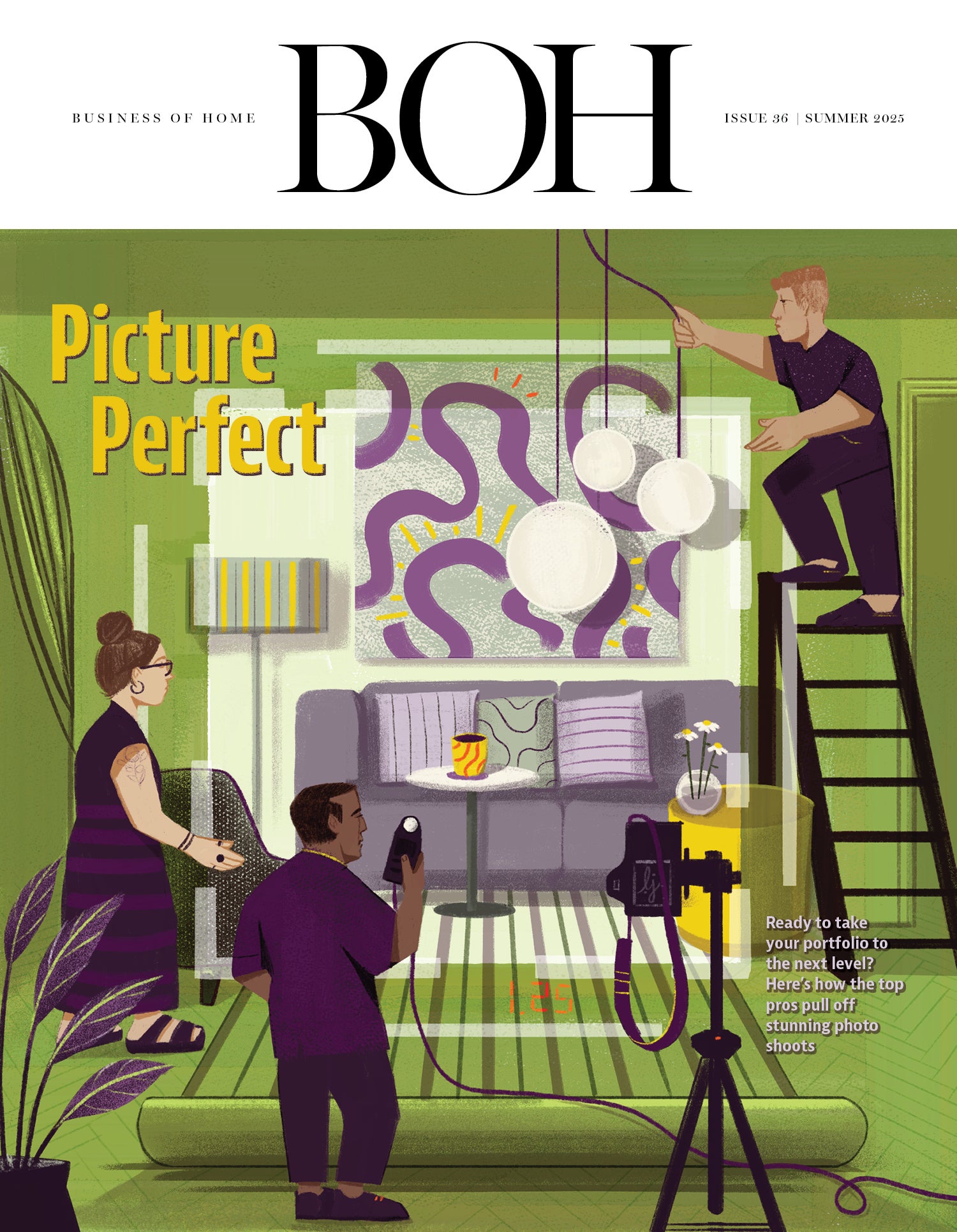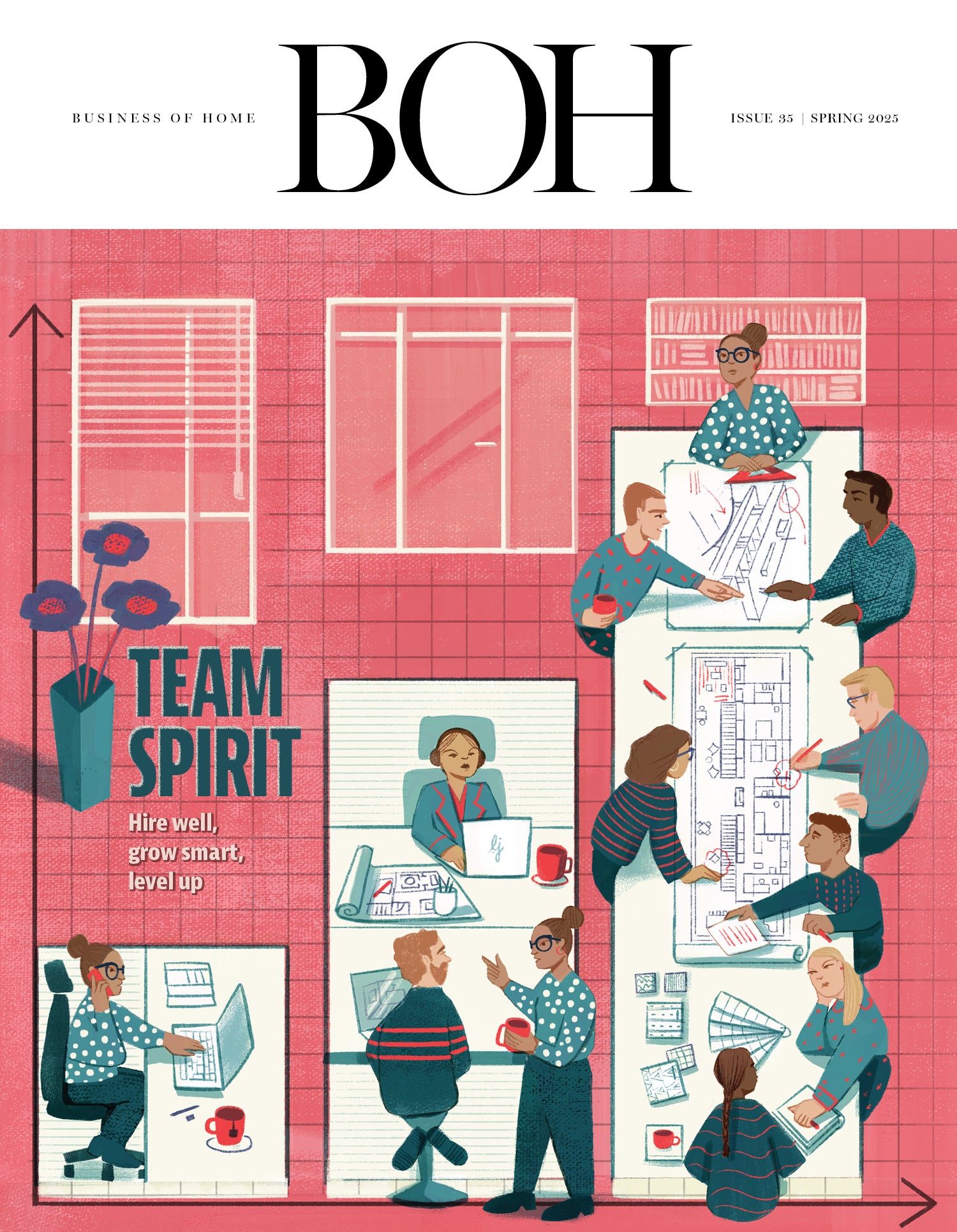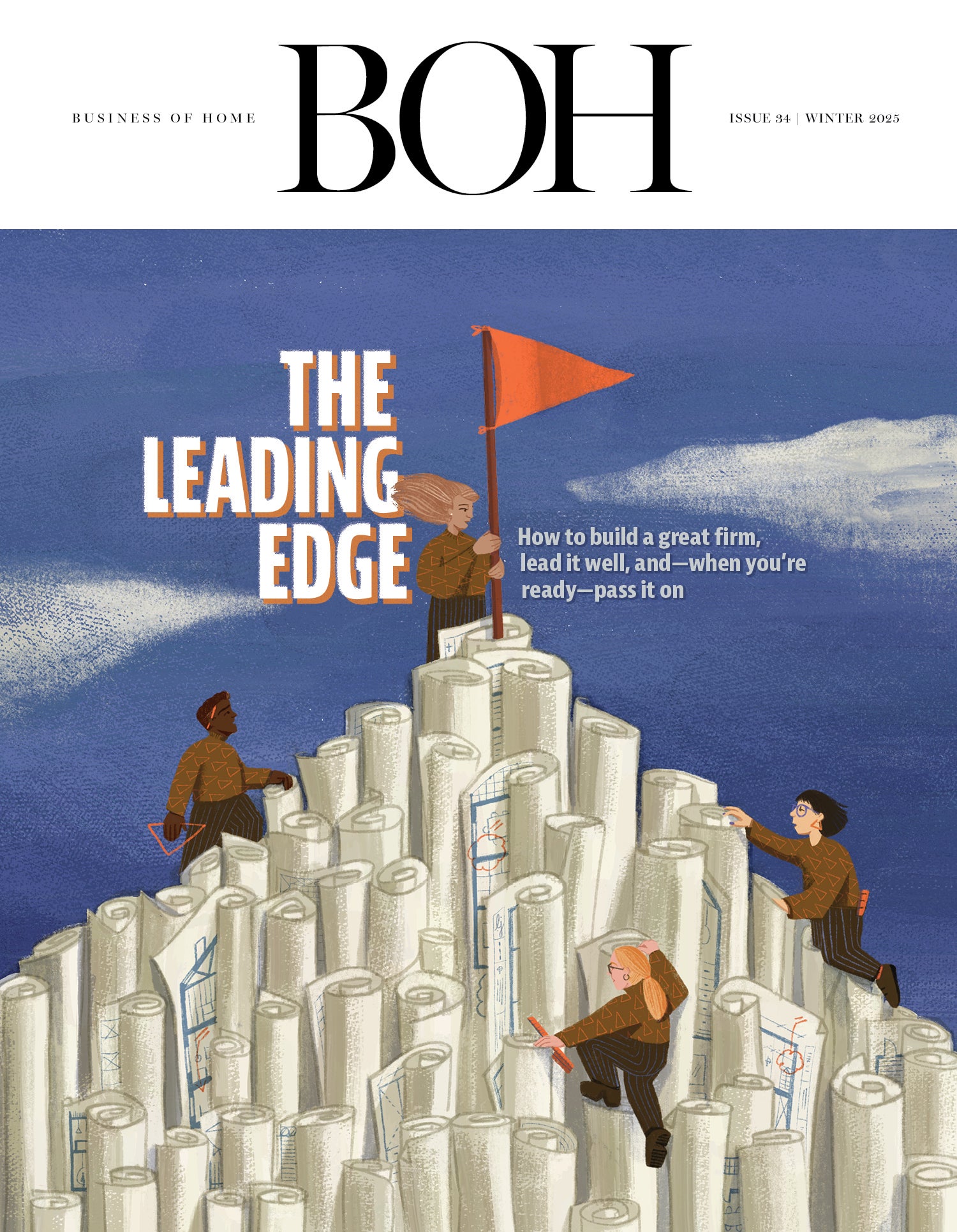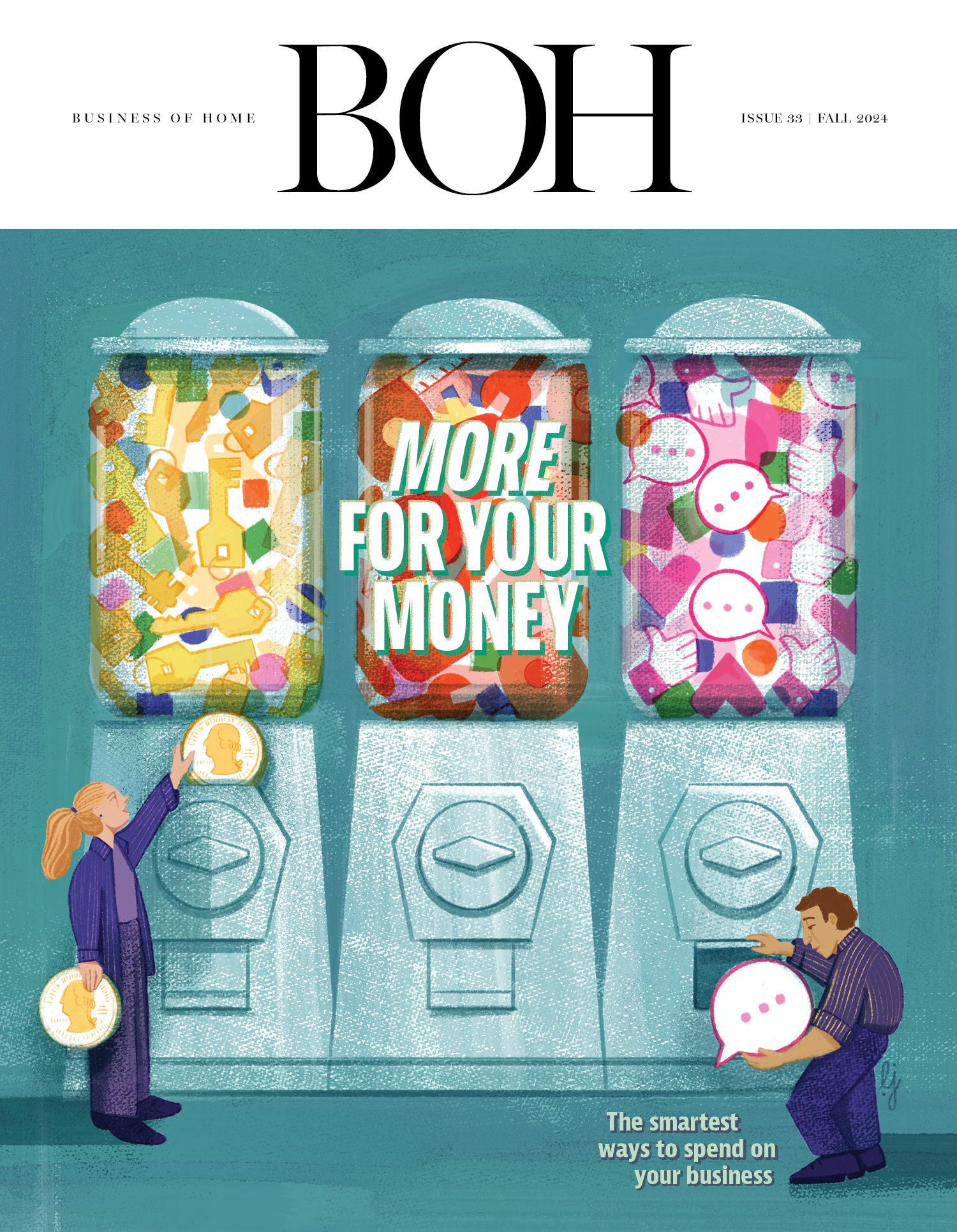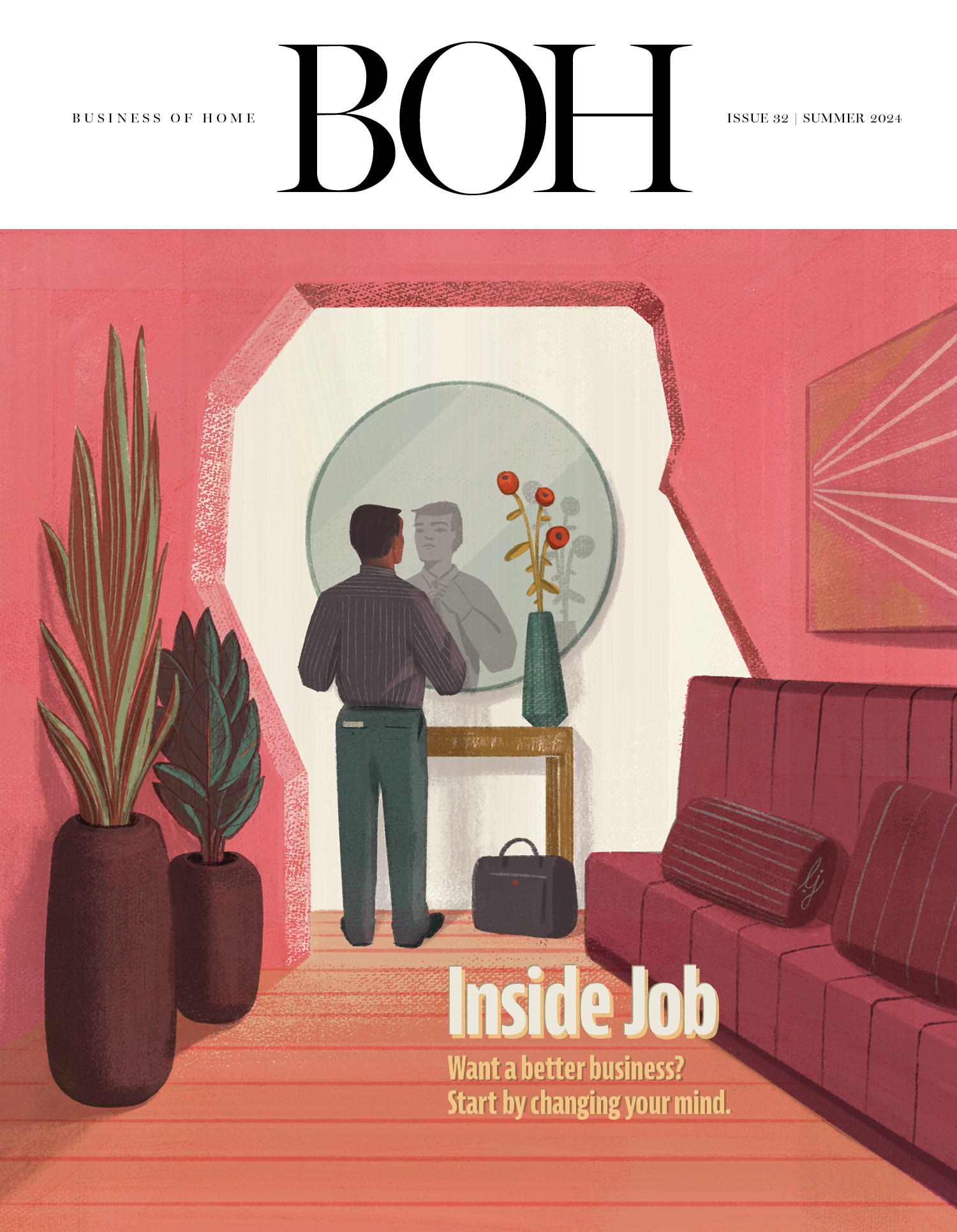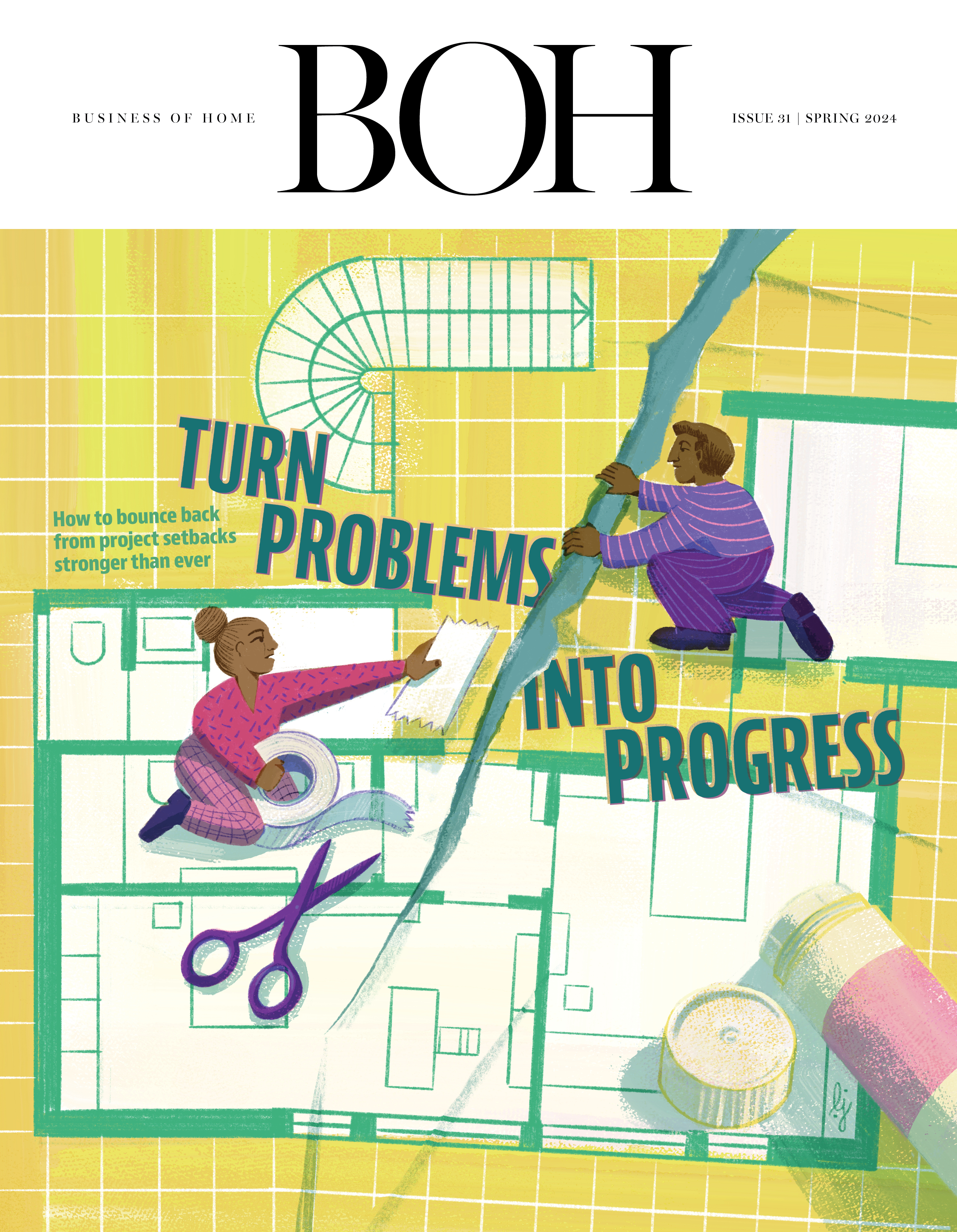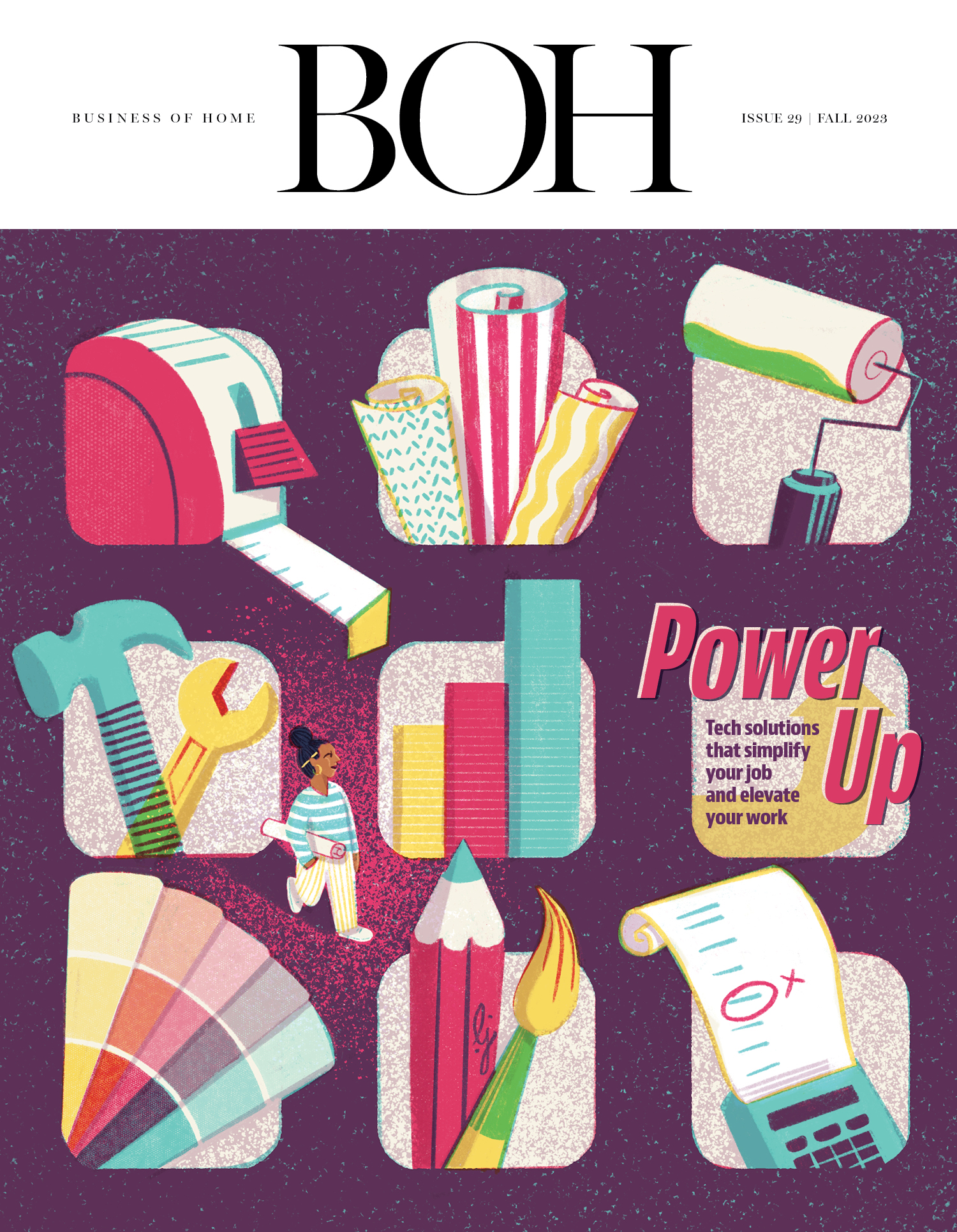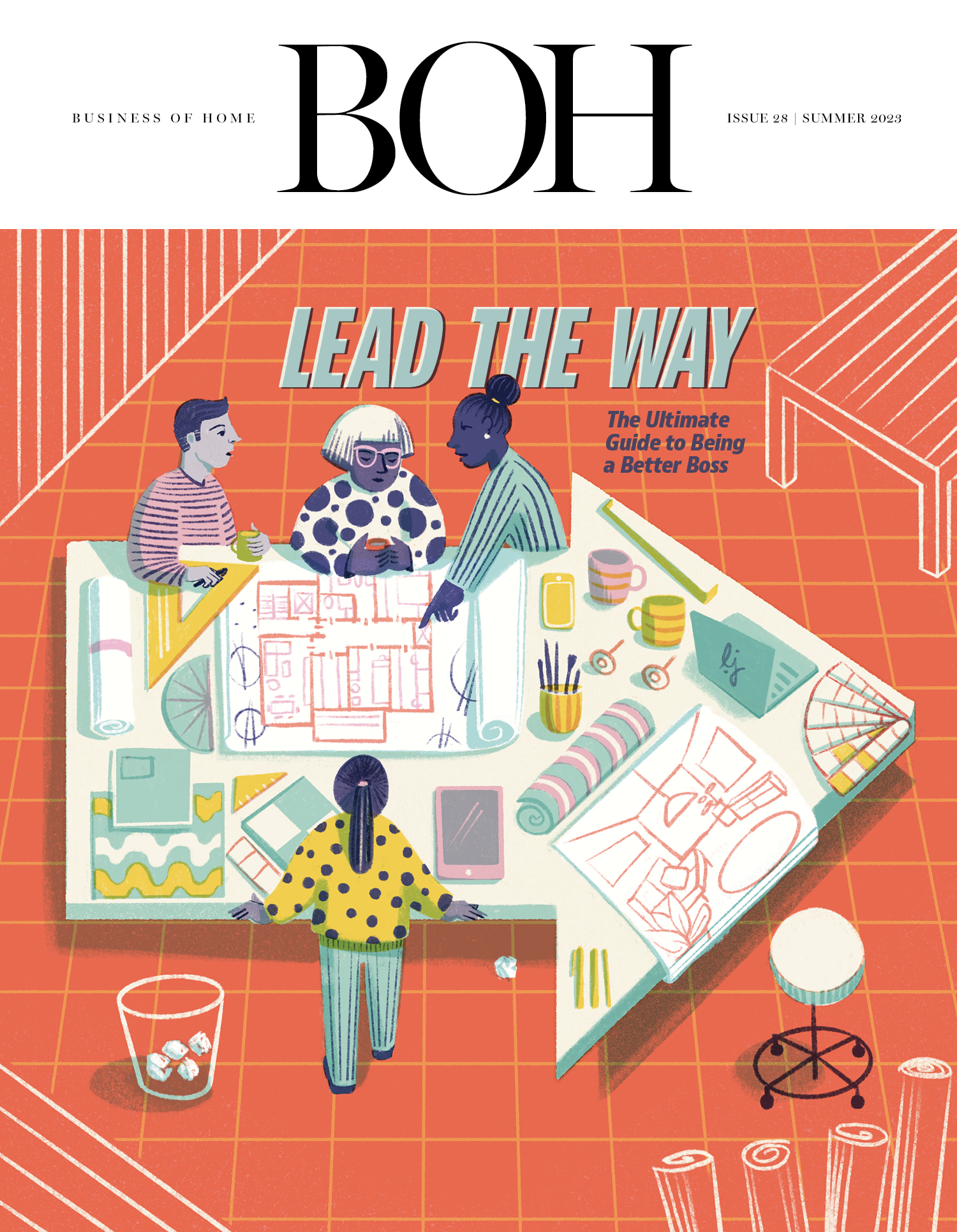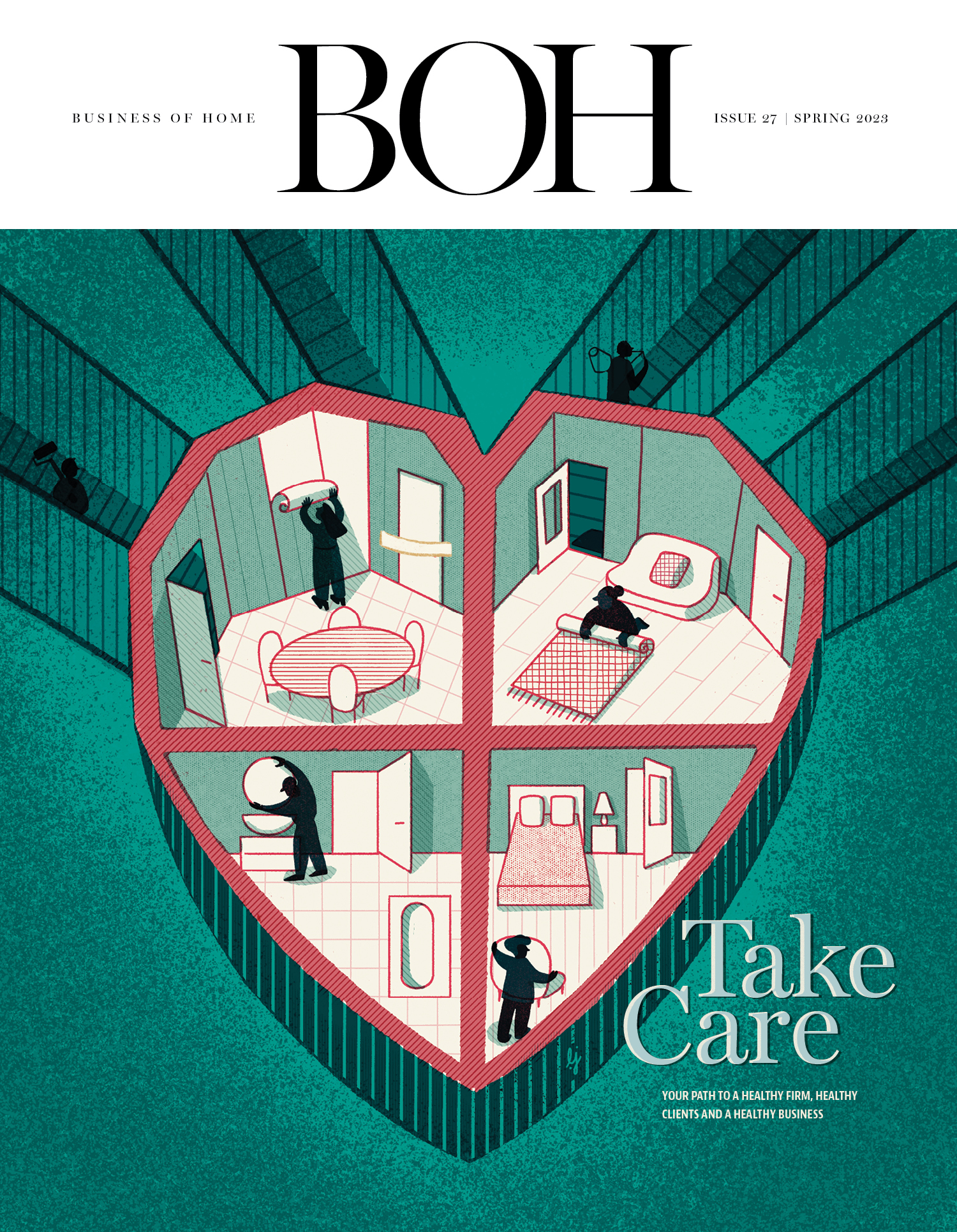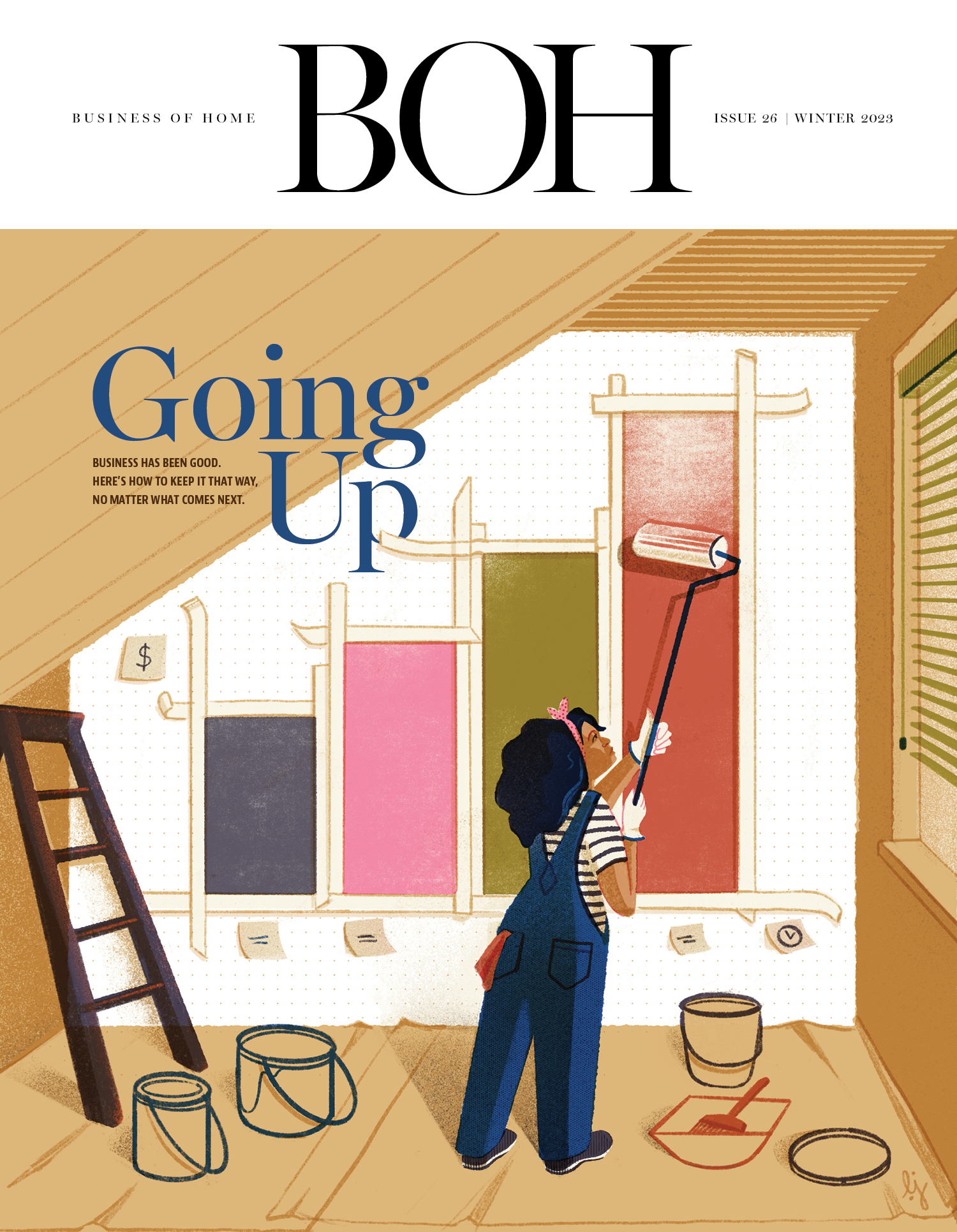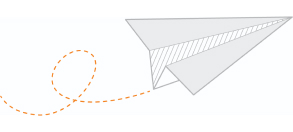It’s usually all about the latest, greatest kitchen appliance or hot new frying pan at Chicago’s Inspired Home Show, but at the event earlier this week, the first and very last words out of everybody’s mouths were: “What about the tariffs?”
As President Donald Trump enacted potential business-breaking tariffs against China, Mexico and Canada this week, both suppliers and retailers at the biggest annual show for the housewares sector were frantically trying to figure out how to deal with these new mandates. Today, the administration postponed the duties on many Mexican goods and some Canadian goods for another month, news that will bring relief to some—but a climate of confusion remains.
We’ve been here before. Earlier this winter, the conversations were much the same at the major gift and home shows in Dallas, Atlanta, Las Vegas and New York, characterized by gallows humor and pervasive uncertainty. Much as it was during the first Trump presidency, tariff talk is once again front and center, and there were few if any industry executives expressing confidence that they knew how to handle all of the change underfoot.
Since the initial round of tariffs against China during Trump’s first term—which continued throughout Joe Biden’s presidency—importers and others who bring in product from overseas have learned to adapt through a combination of tactics. These have included raising prices, moving production elsewhere in Asia, and pushing back on Chinese factories to absorb some of the increases. Very little of this production has returned to the U.S.—a stated goal of the Trump tariffs in the first place.
These latest tariffs will pile on top of those existing ones (for some categories of product exported from China, the levy is now as high as 50 percent). But as much as those increases could devastate some businesses, it is the unpredictability of the Trump administration’s actions that has spooked companies the most—something clearly evident at the Chicago housewares show. Vendors there said they found it impossible to quote prices or give their retail customers any guarantees on what to expect with the situation changing daily, and sometimes by the hour.
Instead, they’re seeking out some sense of stability with several new tactics as they attempt to get through this season of unpredictability. Here are some of the top strategies rolling out.
Price protection for early orders: Some vendors, particularly those who dealt with independents in gift and home, offered to guarantee prices they were quoting at shows for orders placed and shipped during the first few months of the year. Obviously this was a tactic better suited for smaller orders that would ship earlier and was largely impractical for massive container-sized orders that might not move until the back half of the year.
Stockpiling goods: Some importers said they were bringing in and holding larger-than-usual inventory levels to protect pre-tariff prices. Some of these were measured in months, a few in years. This is predicated on having products that are perennial hits. The downside is that the carrying charges associated with financing (and storing) above-average-sized inventories are prohibitive for many companies.
Ad-hoc pricing absorptions: Some said they’re devising schemes that spread the expense of the new tariffs across their companies, their retail customers and Asian factories to cover the tariffs. This is largely based on how desperate all the various parties are to retain the business. Retailers have been particularly loath to take price increases.
Value engineering: It’s the dirty little secret of the industry that products can be made cheaper through using lower-quality materials, removing some features or elements of the product, or simply making it smaller—the latter a frequent tactic of grocery and CPG (consumer packaged goods) suppliers. In the home world, smaller sofas, sheets with less trim and embroidery, or cookware with lower-quality metals are all ways to cut costs.
Moving production elsewhere: With China, Canada and Mexico already in the tariff crosshairs and Europe speculated to be next, geographical backup plans are becoming limited. Even those countries not mentioned as tariff targets will be eager to raise their prices, knowing it’s a seller’s market. A 20 percent China tariff increase could mean a 19 percent increase in goods from countries like Vietnam and Cambodia. And reshoring production to the U.S., while a noble thought, remains largely a pipe dream given the limited domestic capabilities to make most of the products the industry currently imports.
Price hikes: It’s often the last resort, but given the size of some of these tariffs, many companies will have no choice but to raise retail prices. Then it will be up to the consumer to decide if the product is worth paying more for.
The options all have their downsides. And even the savviest strategies take time and energy to execute—resources executives would rather spend on other things. Whatever happens, it’s the moving tariff target that most stymies companies trying to deal with it. In just the first two months of the Trump administration, the number of policy reversals has been staggering. It’s why in Chicago this past week—as will likely be the case for textile, tabletop and furniture markets over the next six weeks—the scrambling will all but certainly continue.
____________
Warren Shoulberg is the former editor in chief for several leading B2B publications. He has been a guest lecturer at the Columbia University Graduate School of Business; received honors from the International Furnishings and Design Association and the Fashion Institute of Technology; and been cited by The Wall Street Journal, The New York Times, The Washington Post, CNN and other media as a leading industry expert. His Retail Watch columns offer deep industry insights on major markets and product categories.




